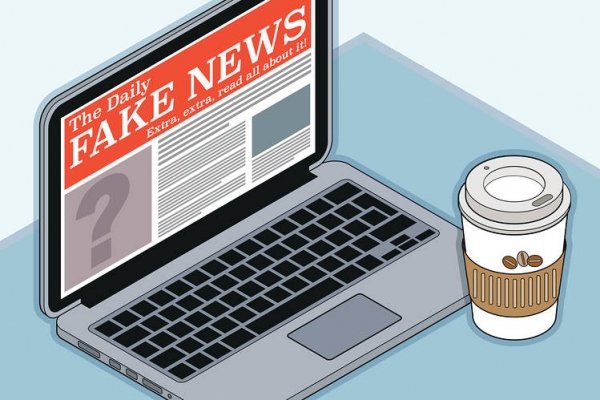With the manipulated appearance of the controversial news item entitled “How China got Sri Lanka to cough up a port” in the New York Times (NYT) of 25th June 2018, US President Donald Trump’s famous condemnation of top American media establishments, including the NYT as fabricators of “Fake news”, has begun reverberating in this country, too.
What is Fake News?
According to Wikipedia, Fake news is "a type of yellow journalism or propaganda that consists of deliberate misinformation or hoaxes spread via traditional print and broadcast news media or online social media. Fake news is written and published with the intent to mislead in order to damage an agency, entity, or person, and/or gain financially or politically, often using sensationalist, dishonest, or outright fabricated headlines to increase readership, online sharing, and Internet click revenue."
The contentious news item, compiled by Maria Abi-Habib with the help of two so-called local journalists who went out of their way to gather facts, is about how China funded Mahinda Rajapaksa’s presidential campaign in 2015, and in return how China was rewarded with the Hambantota Harbour.
It "reveals" how China financed the said campaign to the tune of $7.6 million and all the details of how the monies were spent for various items connected to the said campaign. To quote the news item: “During the 2015 Sri Lankan elections, large payments from the Chinese port construction fund flowed directly to campaign aides and activities for Mr. Rajapaksa, who had agreed to Chinese terms at every turn and was seen as an important ally in China’s efforts to tilt influence away from India in South Asia. The payments were confirmed by documents and cash checks detailed in a government investigation seen by The New York Times.”
As we recall the details that emanated during the last presidential campaign one of the main topics brought against MR was his close association with China and that connection was treated by the Yahapalana strategists as a grave threat to the Island. China was regarded as an invader who had been helped by the MR regime. This was the scenario created by the Yahapalana worthies - aided by outside forces, such as the US and India, who had their own political agendas.
After the January 8th polls debacle the Yahapalana regime that rose to power immediately suspended the Hambantota harbour and the Colombo Port City projects. Chinese involvement in these projects was stopped.
And then what happened? A fresh deal was stipulated by the Chinese and the new rulers.
How did China get back both Hambantota port as well as the Port city projects with added goodies and extra facilities?
Similar to the details about Chinese funds for MR presented in the NY times report, the question is asked whether China used some kind of bribe to induce the Yahapalana worthies to “cough up” these two pots of gold?
Why did the Yahapalana leaders change their minds, and agree to grant more perks and goodies to China than MR had agreed?
Was there another financial deal between China and the Yahapalana regime?
These are the questions that have arisen after these projects were given back to China and the general public is interested in finding answers to them -- and the answers should be forthcoming immediately.
If someone or some organization is aware of the details connected to this Great Change of Mind or whether there had been some sort of a shady deal, it would be much appreciated if those details be informed or reported to the two local journalists who helped Maria Abi-Habib to fabricate the earlier news item or inform the NY times Editor in Chief directly.
If NY Times is provided with the details of the second deal about China getting back the Hambantota Port and the Port City we hope they will publish it with the title “How China again got Sri Lanka to cough up a port and an island city”.
By Vijaya Ariyarathne




